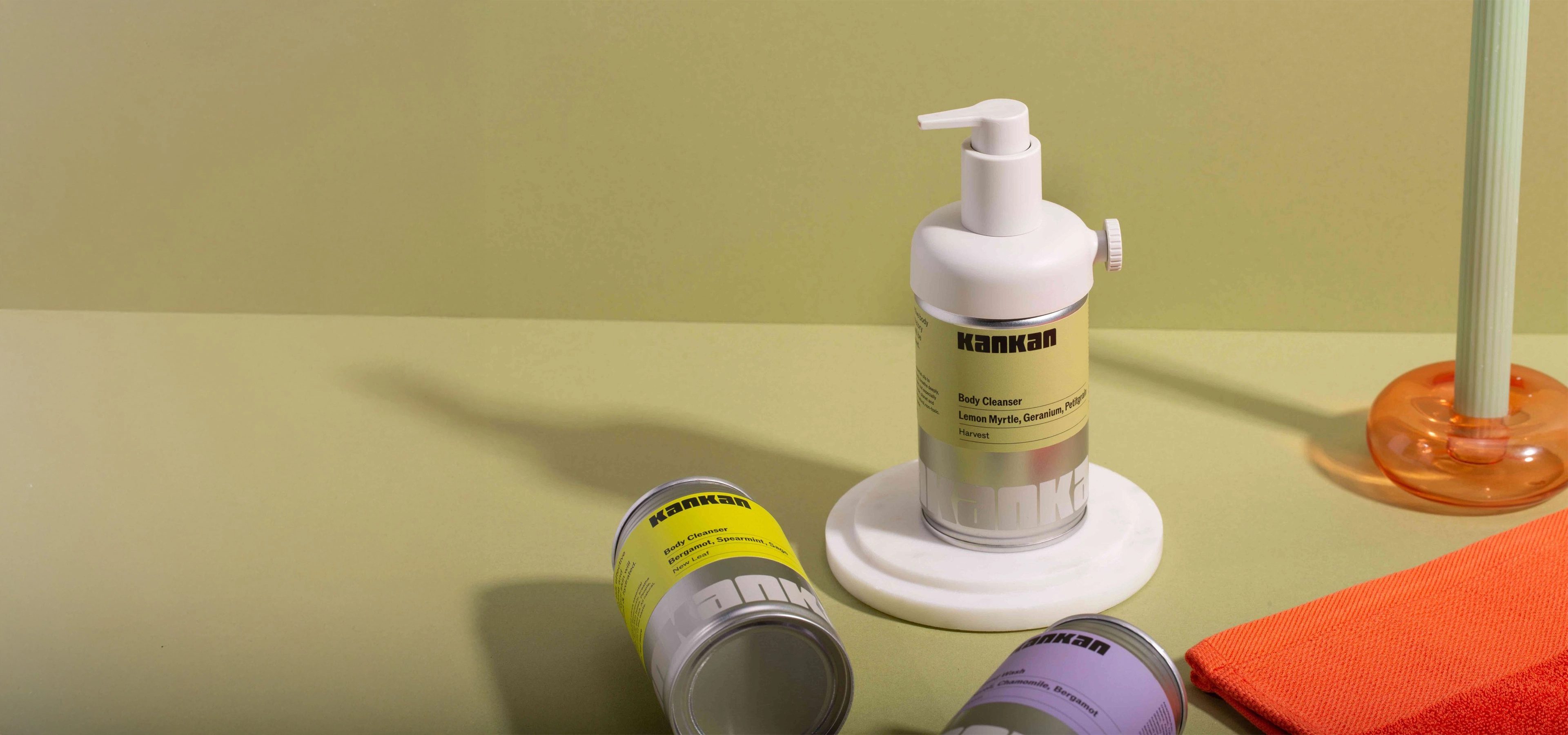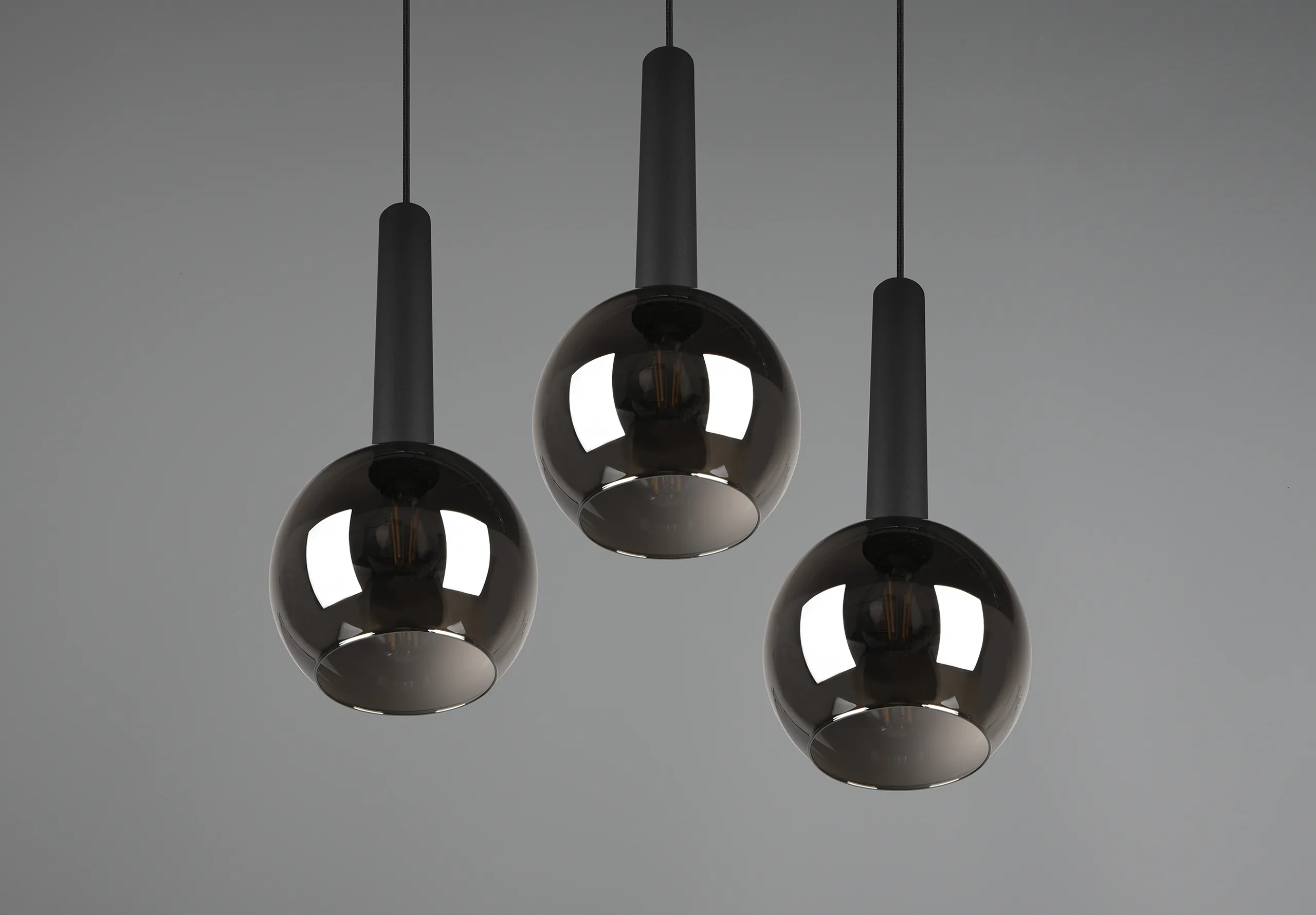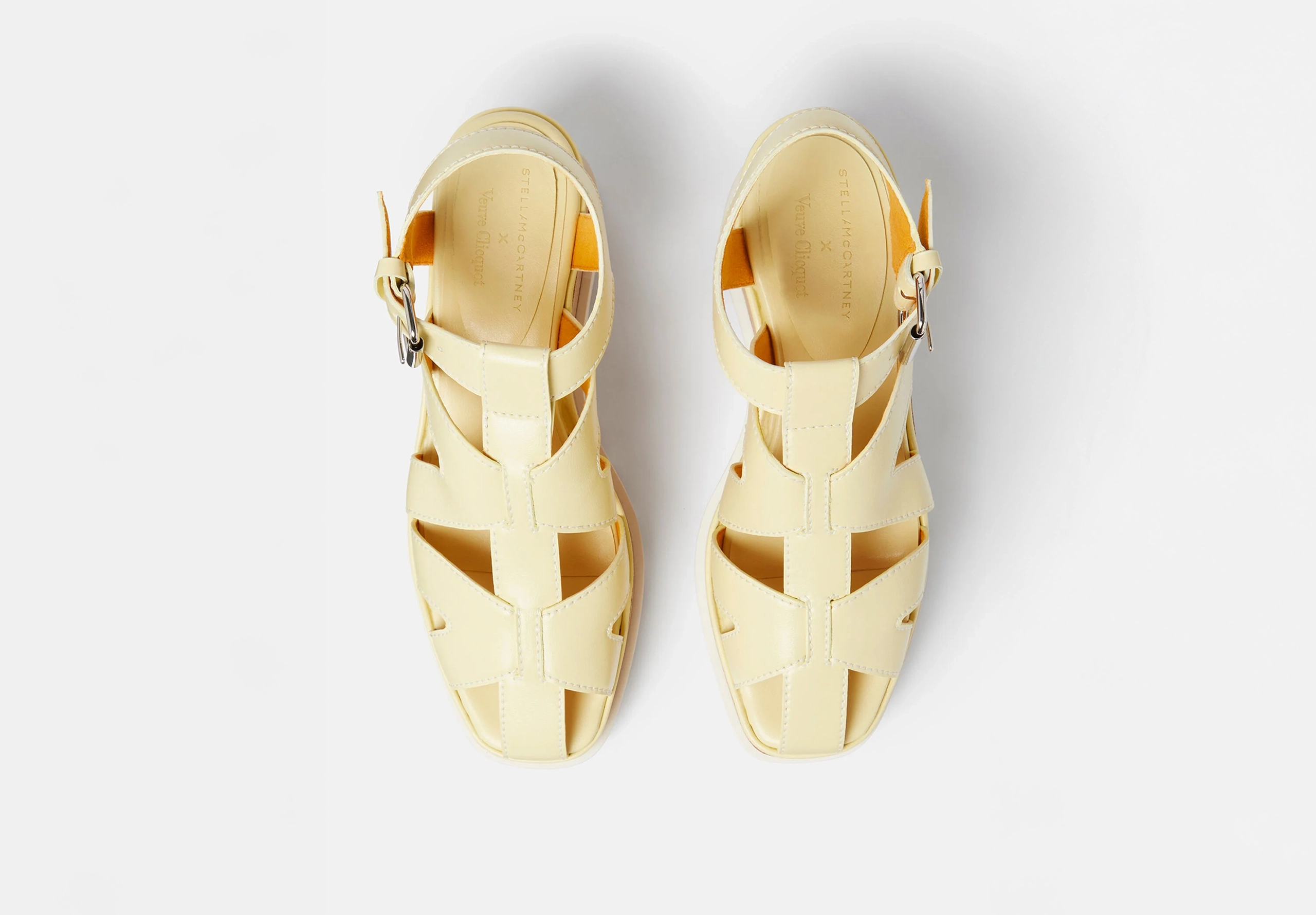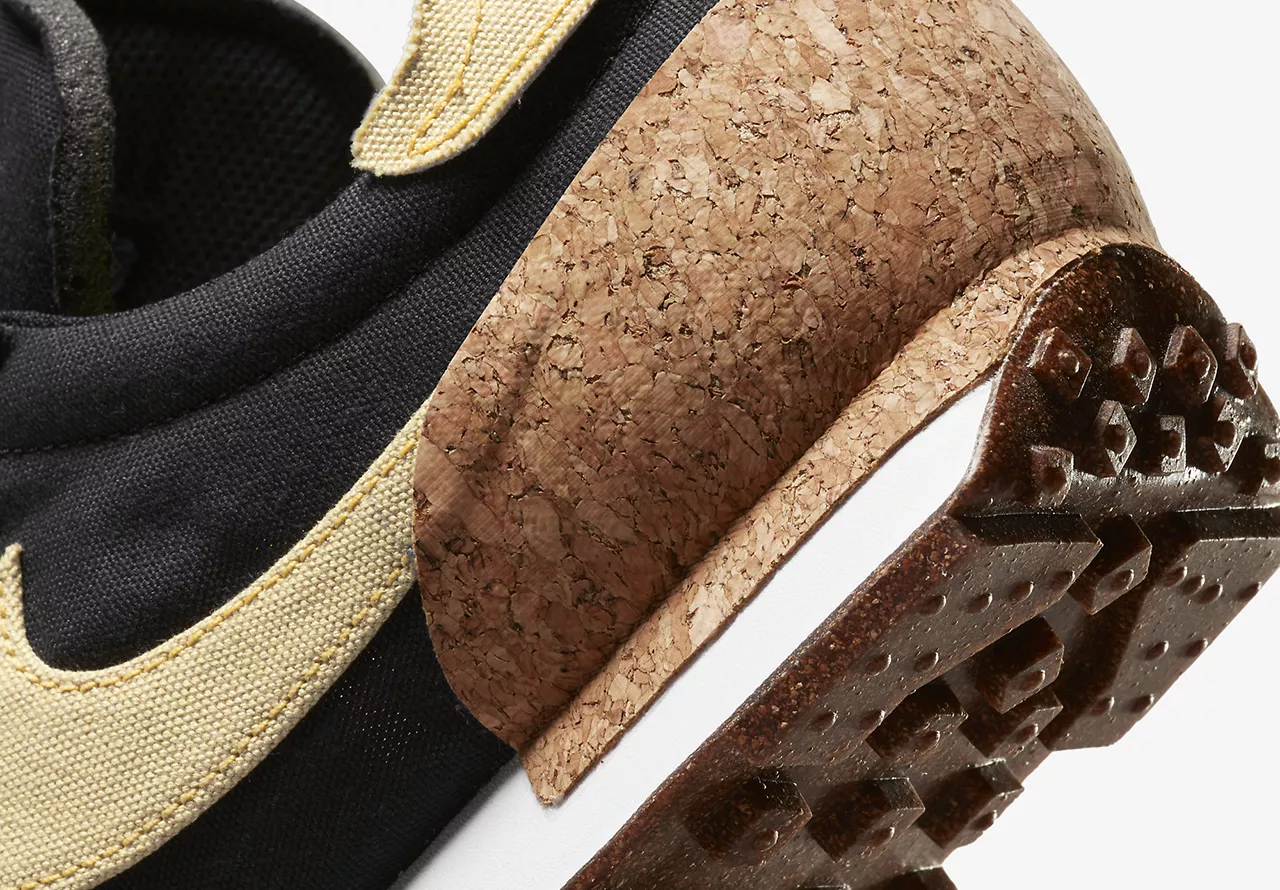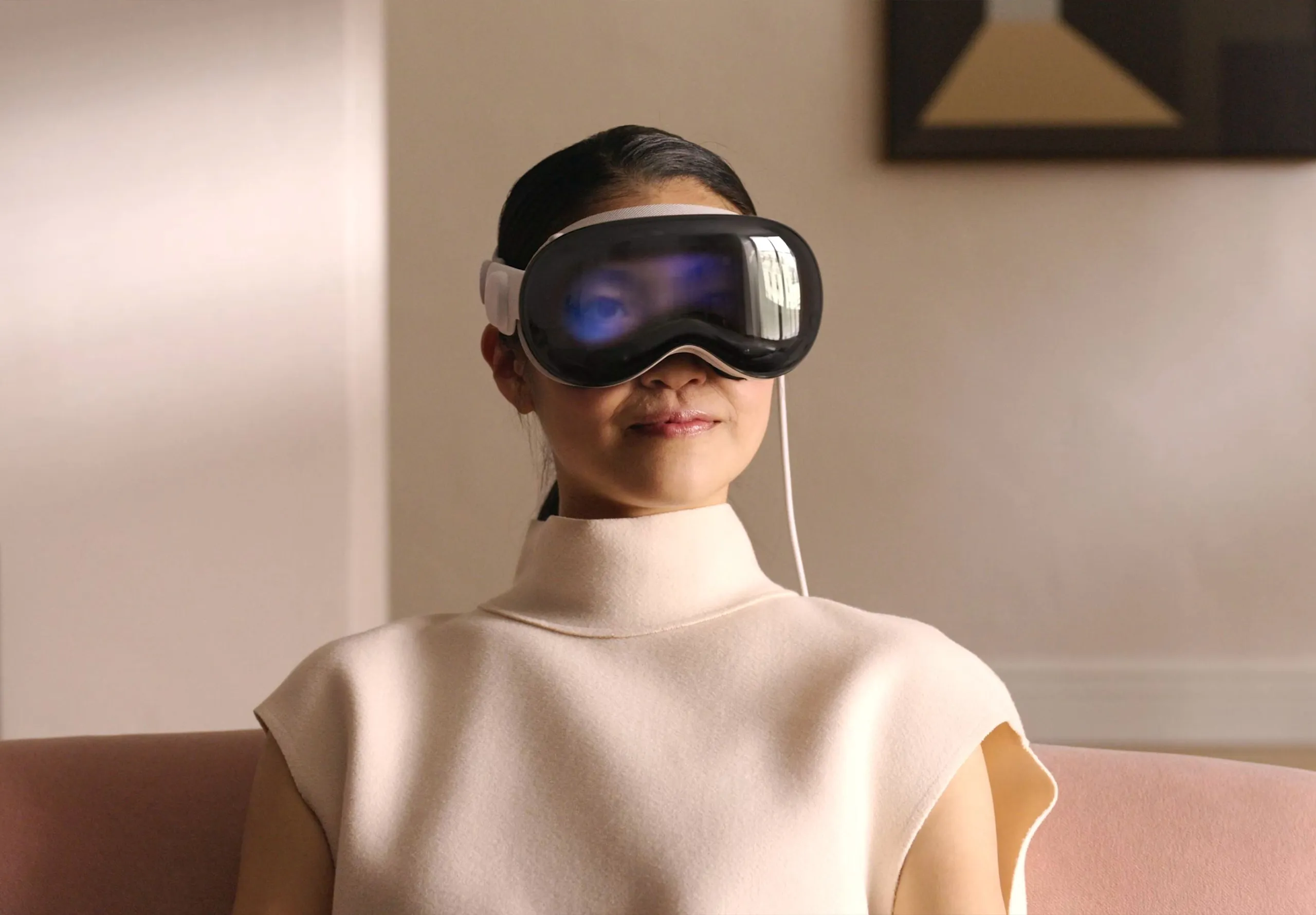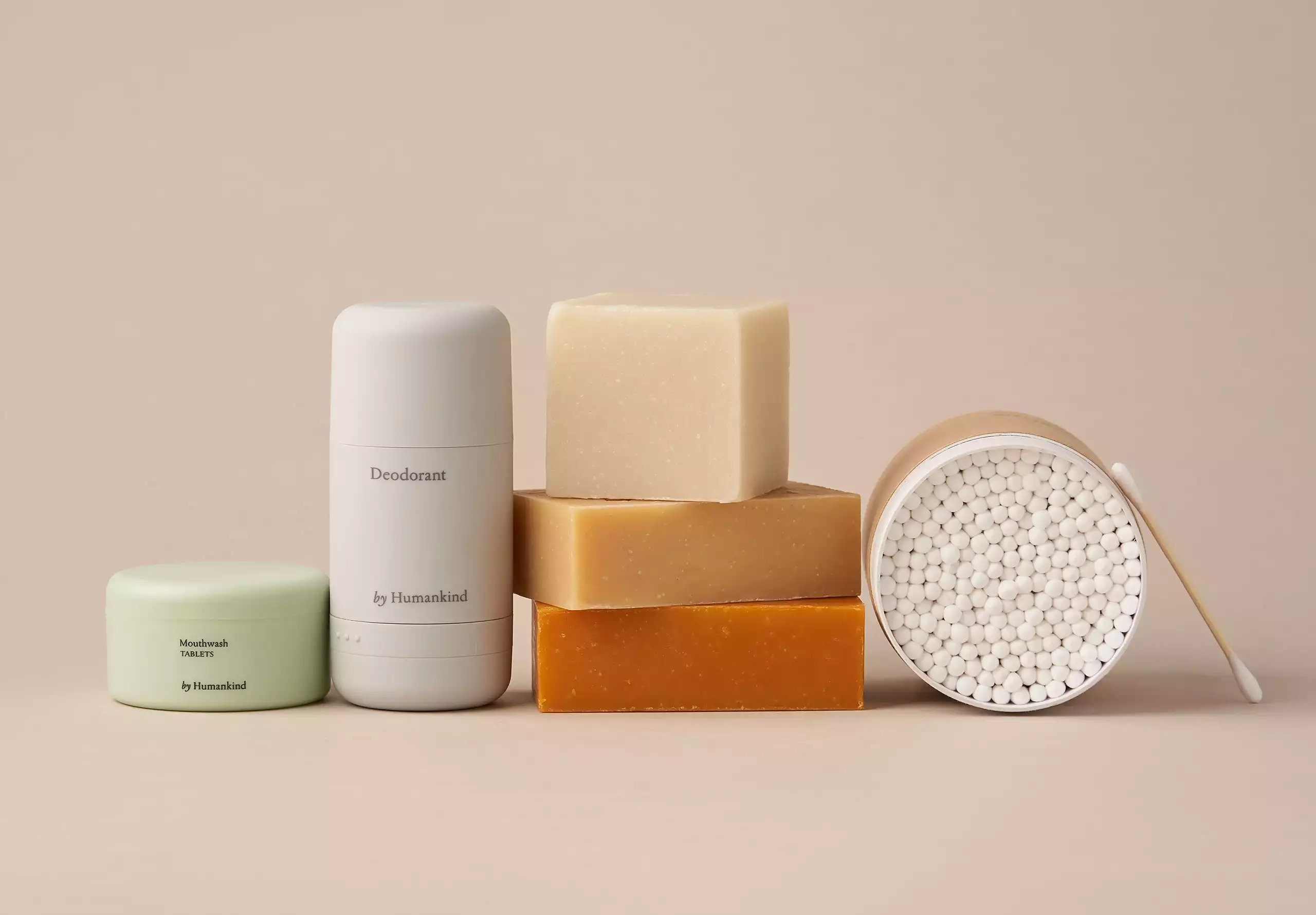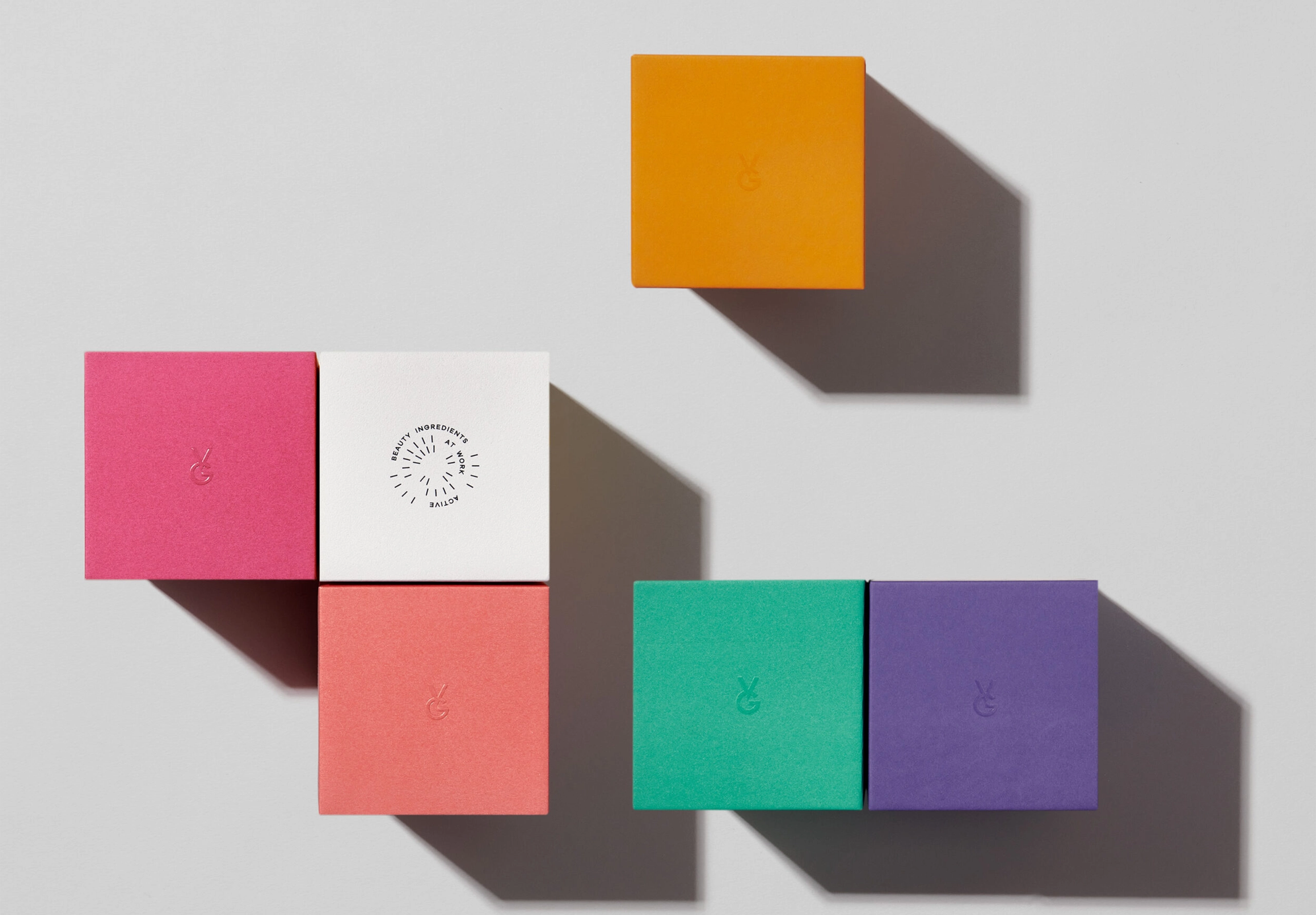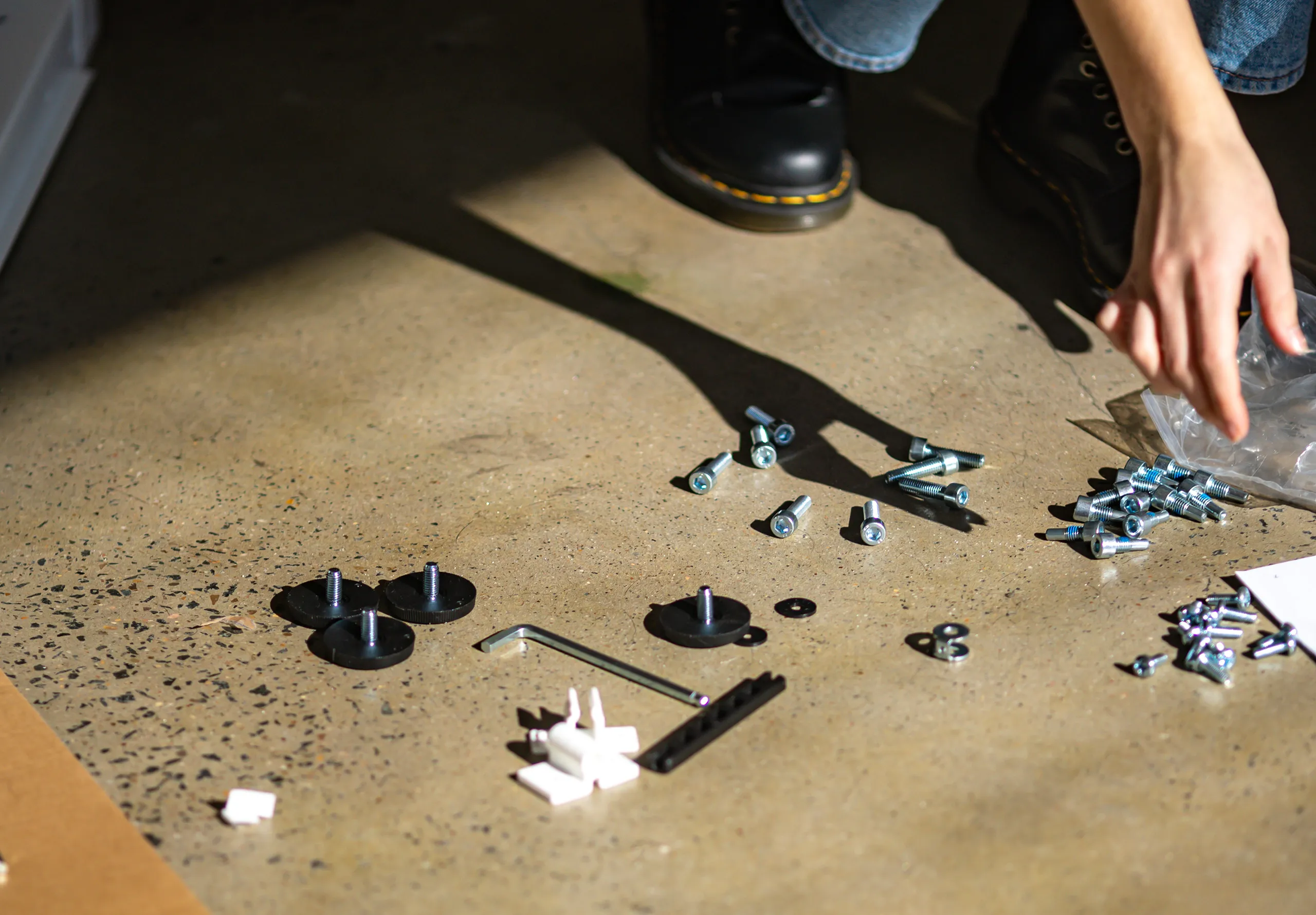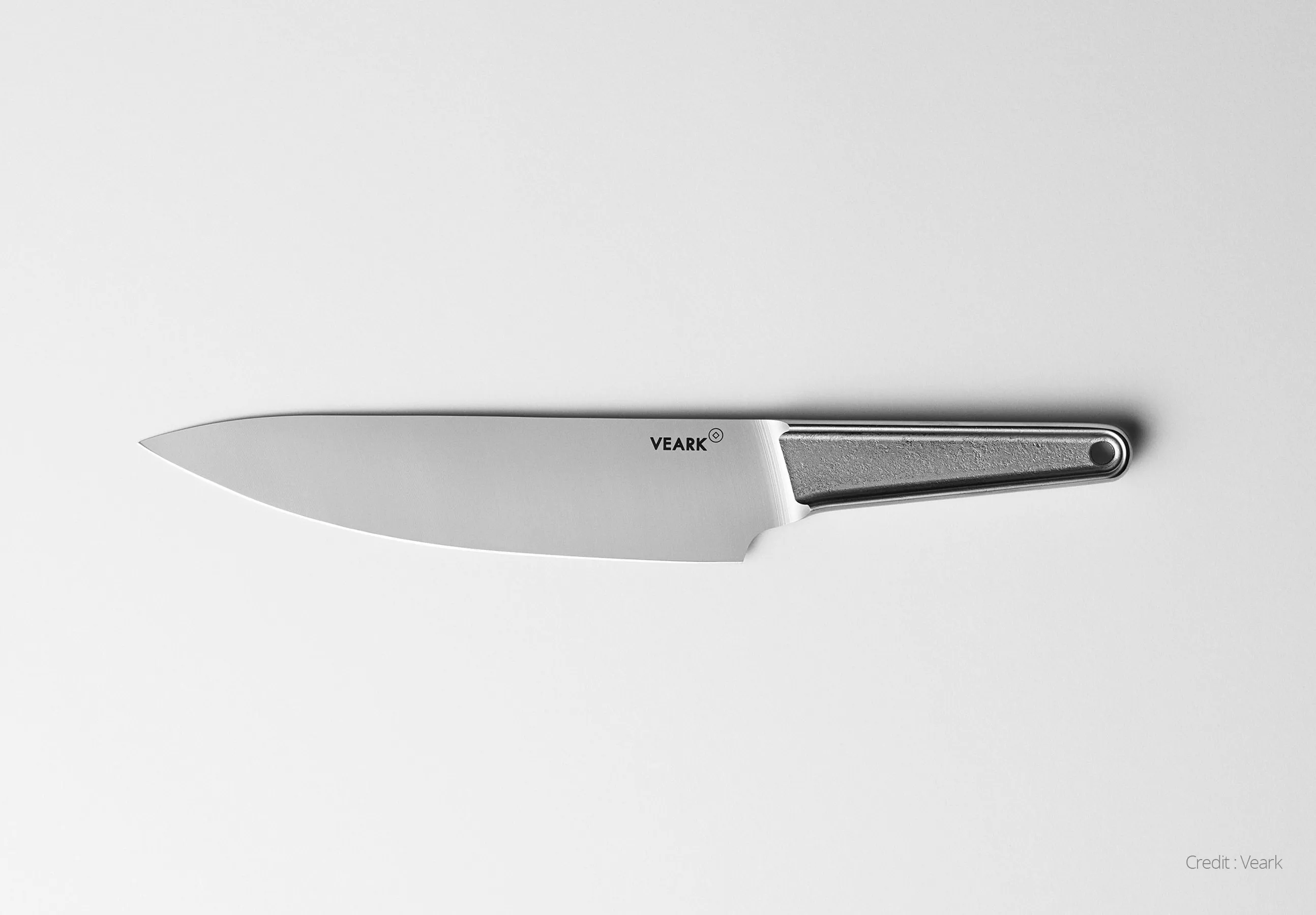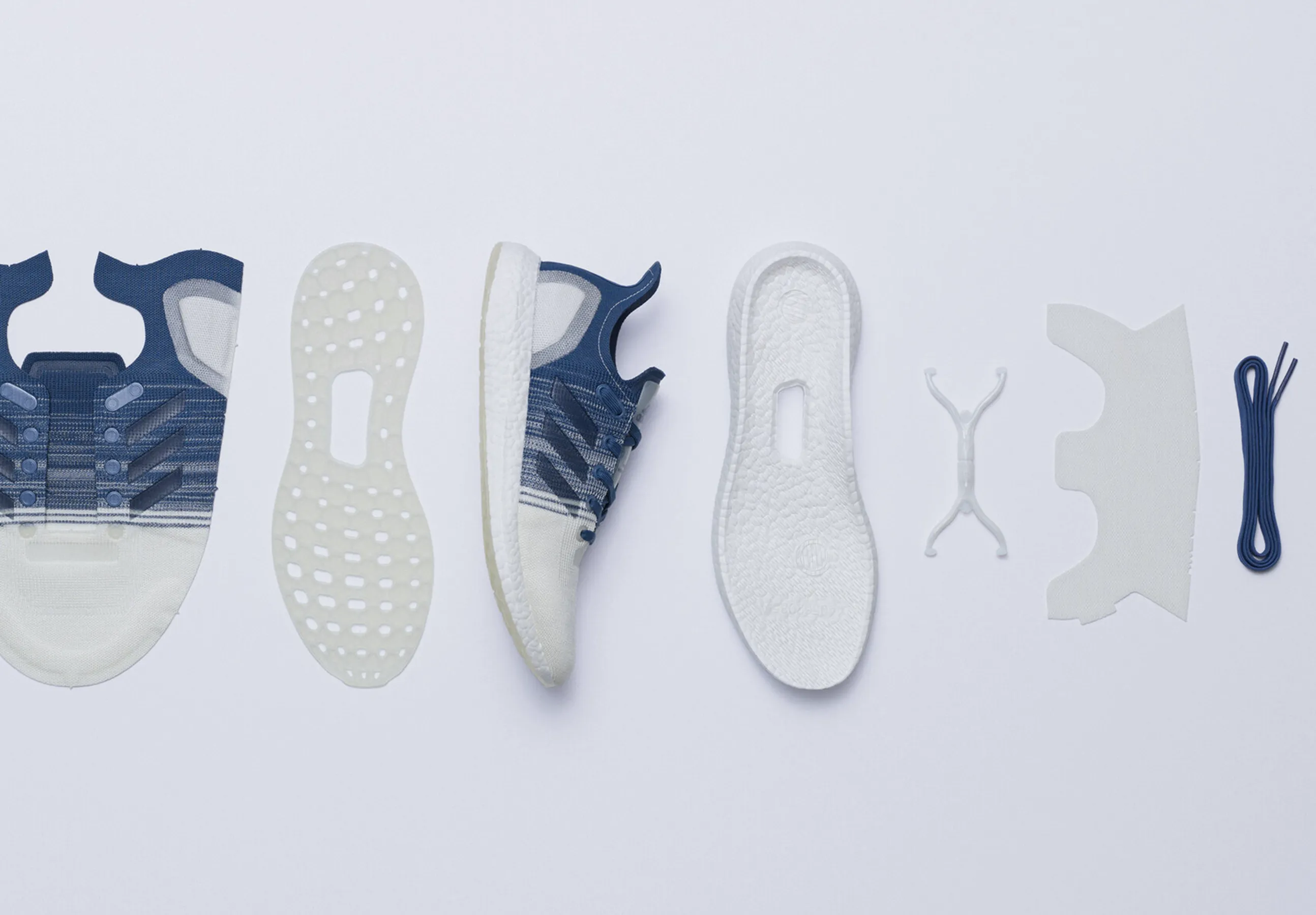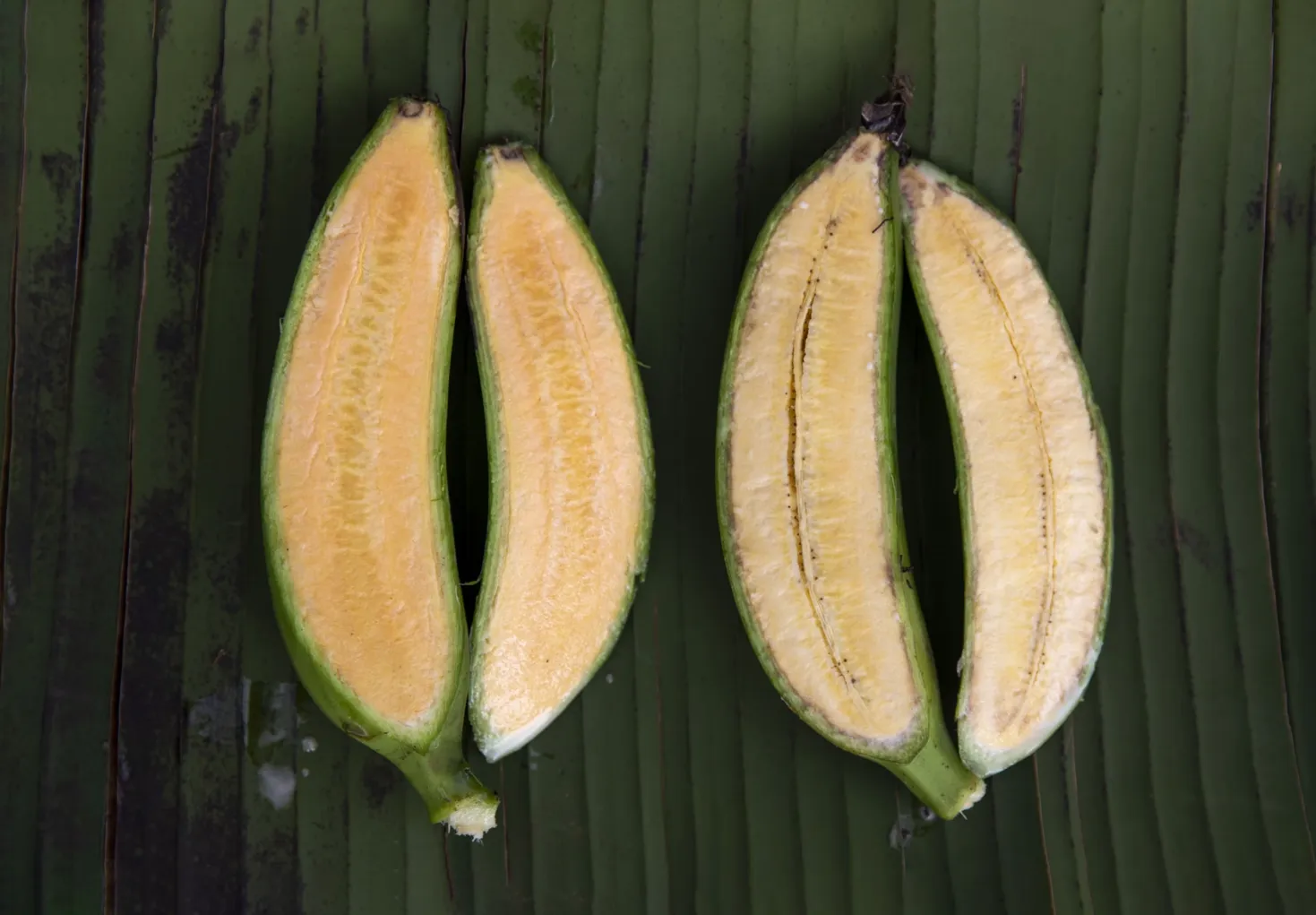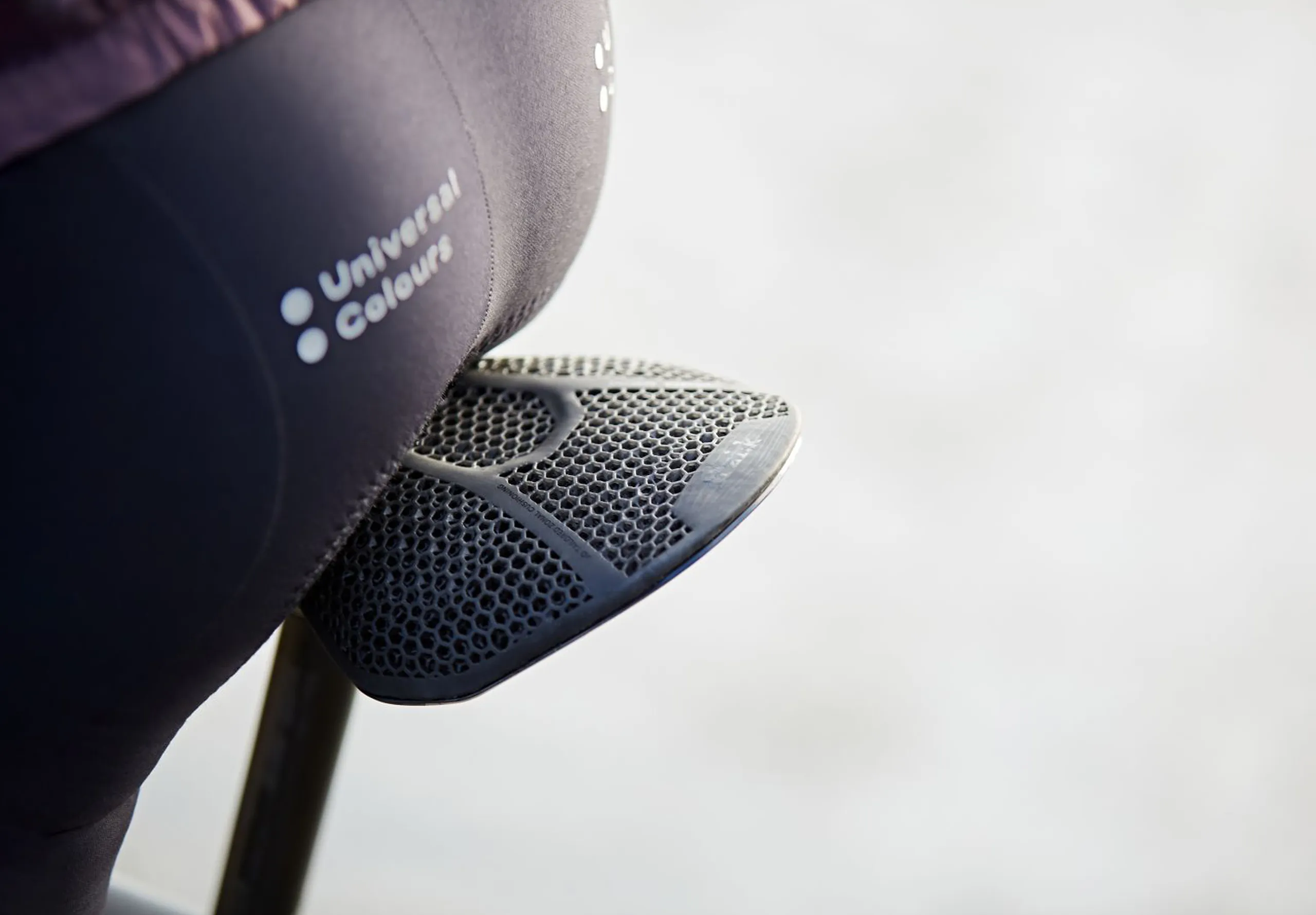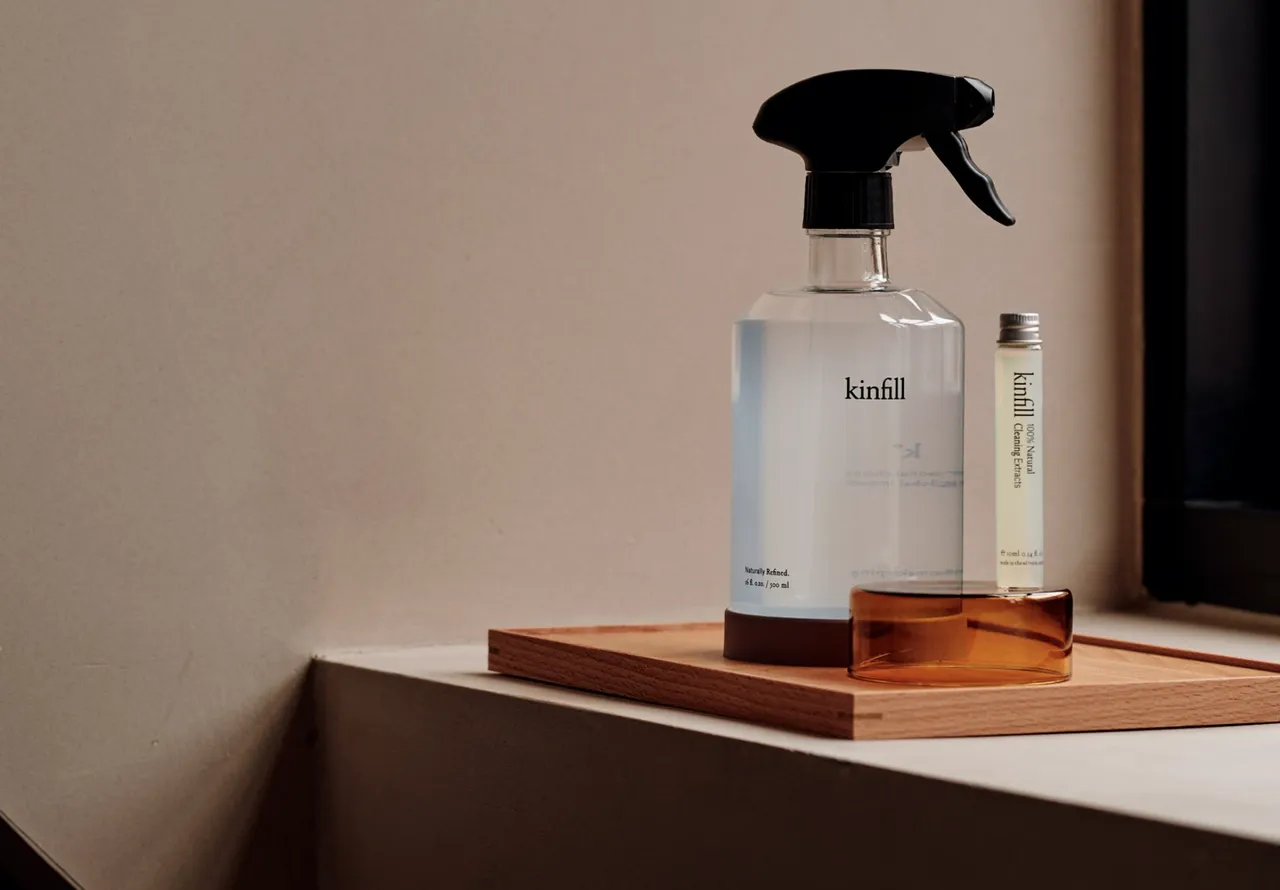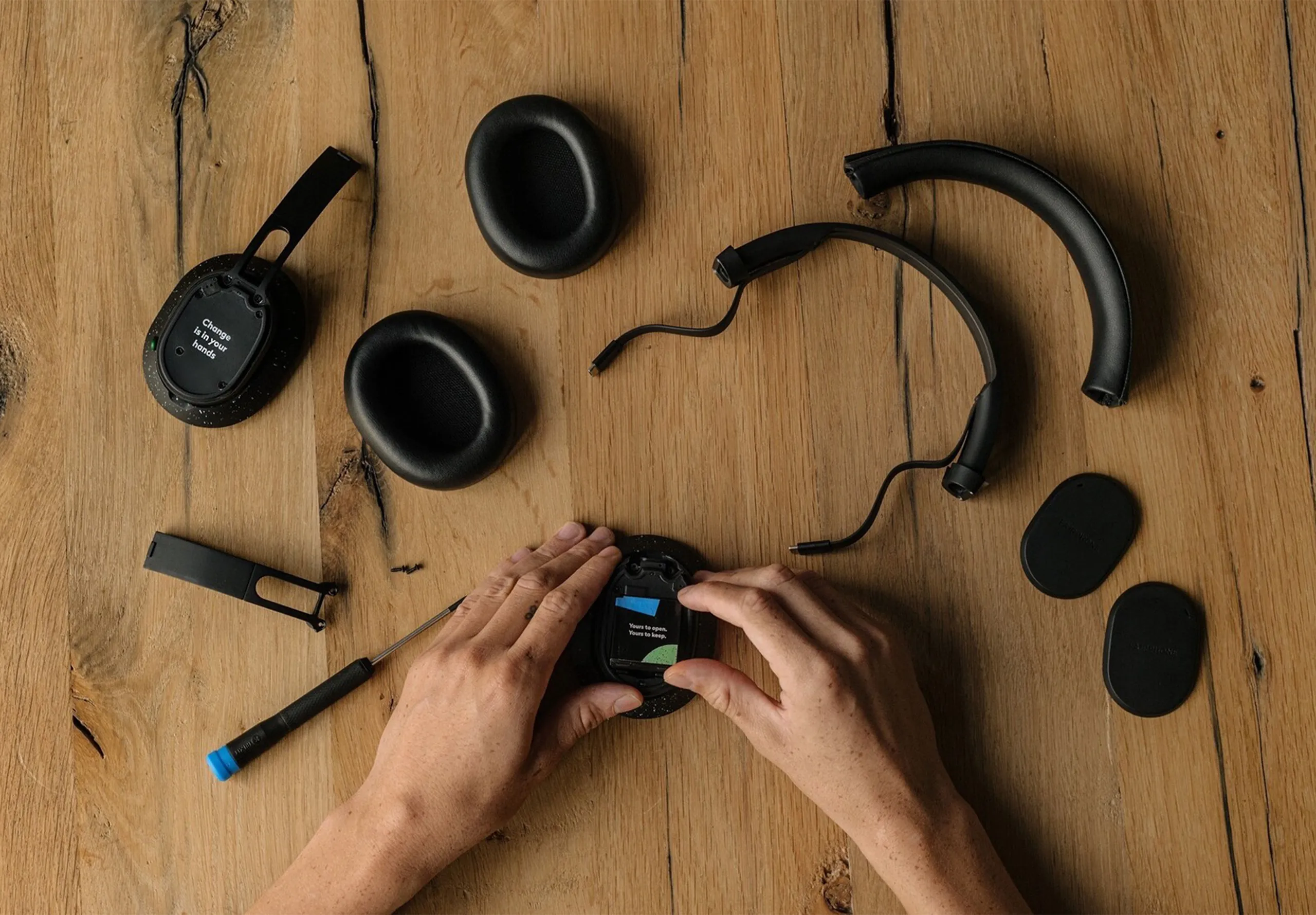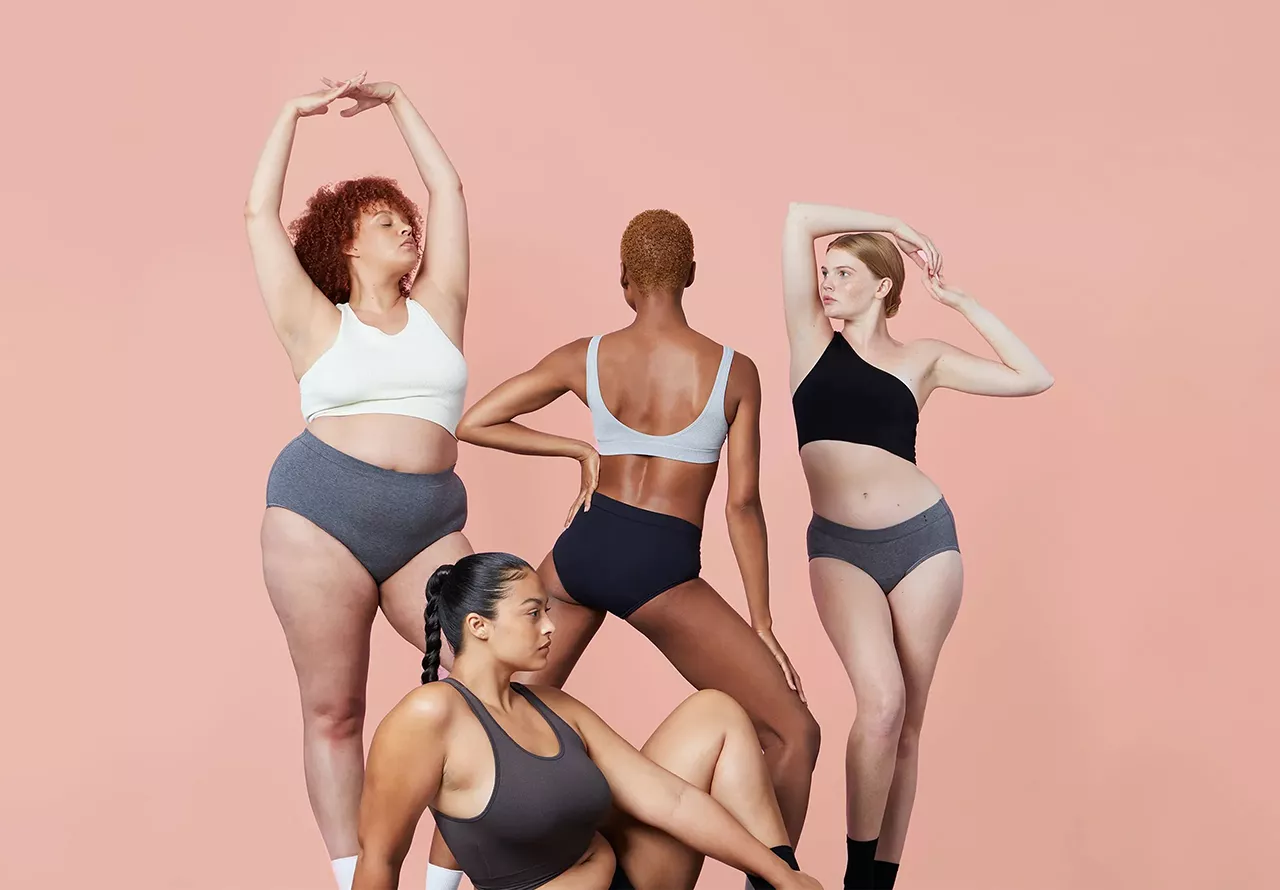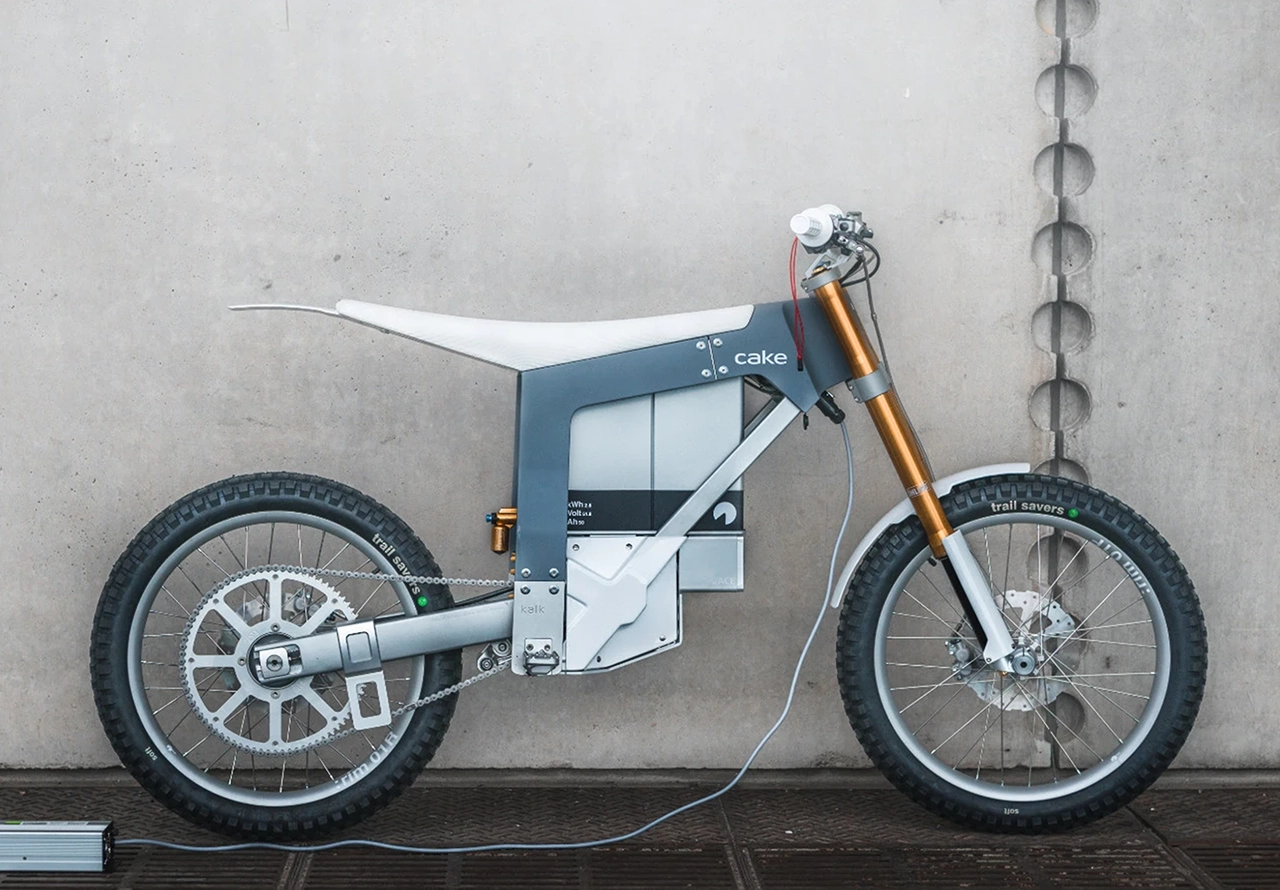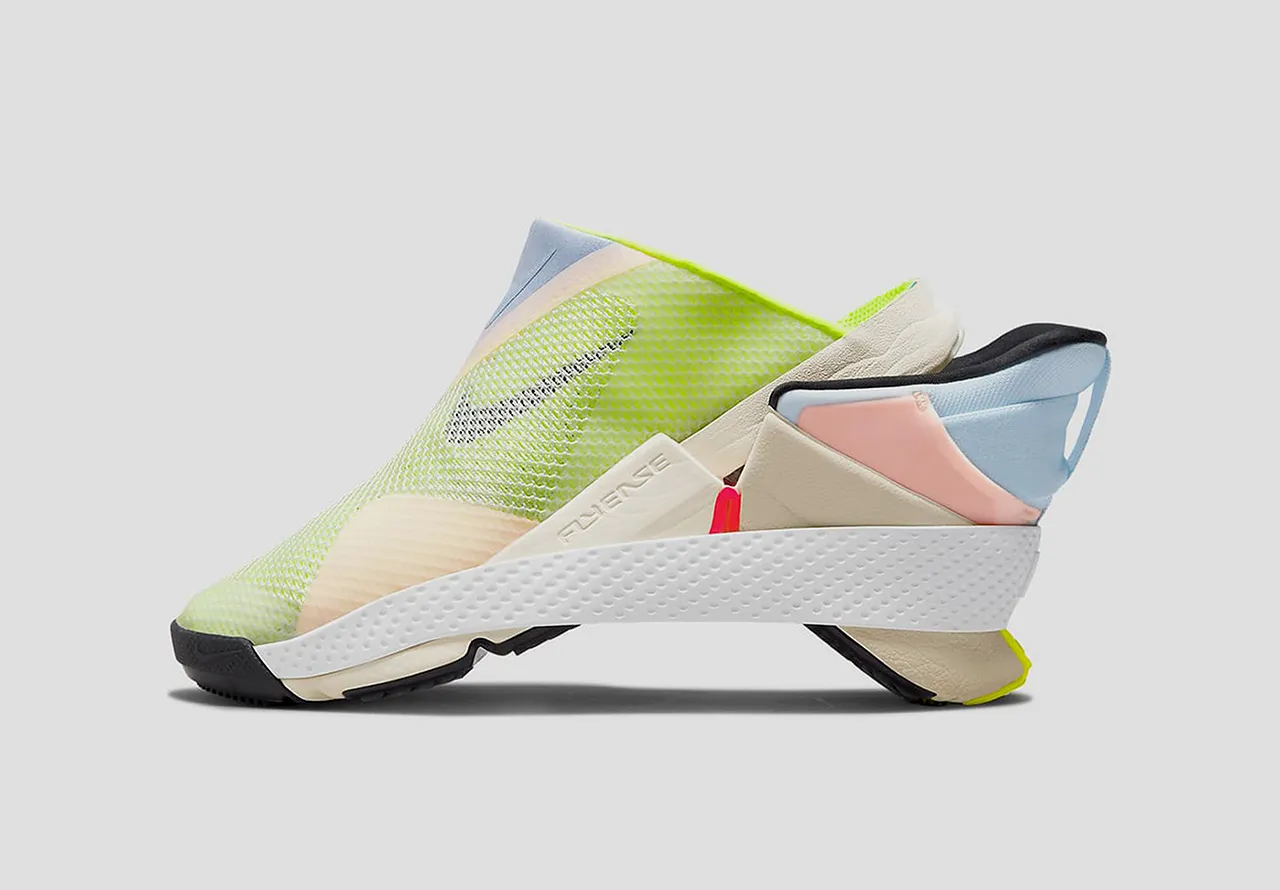Closing the loop in packaging design
Author Sakshi Seth
As climate consciousness shapes consumer priorities, packaging is undergoing a quiet revolution.
No longer seen as disposable, it’s being reimagined as a system designed to return, regenerate, or remain in use. Across refillable rituals, regenerative materials and smarter waste cycles, a new wave of circular thinking is taking hold.
These five ideas show how design can align environmental intent with everyday function, making circularity desirable, scalable and deeply human.
Refills in Personal Care
In beauty and personal care, refillable design is gaining momentum.
Looking back through our portfolio, the Salt of the Earth refillable deodorant was ahead of the curve. The system we designed worked seamlessly across retail and D2C channels while upholding the brand’s ethical standards through optimised materials.
In recent months, packaging manufacturer PPK has developed a paper-based refill system that replaces conventional plastic in cosmetics, offering elegant solutions for lipsticks, palettes and pumps. Meanwhile, now Kankan uses aluminium cans as refill units for soap and body care.
These solutions succeed by rewarding customers with simplicity and substance while embedding circular habits into everyday use.
+ Discover Salt of the Earth, Kankan & PPK
Burger King Germany x RECUP
Fast food is finding a slower cycle. Through its partnership with RECUP, Burger King Germany has introduced reusable polypropylene containers for dine-in and takeaway. Each unit replaces around 1,000 single-use equivalents, and with over 18,000 return points across the country, the system is designed for ease and scale.
The success of returnable models hinges on integration. By aligning with consumer behaviours rather than asking them to change brands can cut waste while enhancing convenience.
Just Eat x Notpla
Packaging is entering a regenerative era through Just Eat’s partnership with material pioneer Notpla. Their seaweed-coated takeaway boxes decompose naturally without industrial composting. Pretty impressive stuff – seaweed grows rapidly while sequestering carbon 50 times faster than trees.
This approach shifts from reducing harm to restoring balance. Regenerative materials actually contribute to planetary health while minimising environmental impact, creating packaging that works for both people and our environment.
PolycirQ
Over in Germany, polycirQ tackles a challenge that’s often overlooked. Their de-inking surfactant technology removes printing inks from plastic films, allowing materials to be recycled without degrading quality. The result: recycled plastics that retain their value for high-end applications.
By preserving material integrity, polycirQ makes circularity practical at scale. Brands facing recycled content mandates can maintain performance while meeting regulations. A brilliant reminder that the details of material recovery matter, and that thoughtful chemistry innovations are unlocking circular potential we need.
Decent Packaging
There’s something refreshingly practical about UK-based Decent Packaging’s focus on the full lifecycle. Their Full Package programme collects used coffee cups and cutlery from retail partners, ensuring proper composting and removing barriers for hospitality clients aiming to reduce landfill waste.
This approach brings much-needed operational clarity to sustainability goals. For businesses, it means frictionless fulfilment; for consumers, genuine confidence that waste is truly diverted. It’s waste management done right – happening behind the scenes but creating real-world impact.
Looking for more design inspiration?
